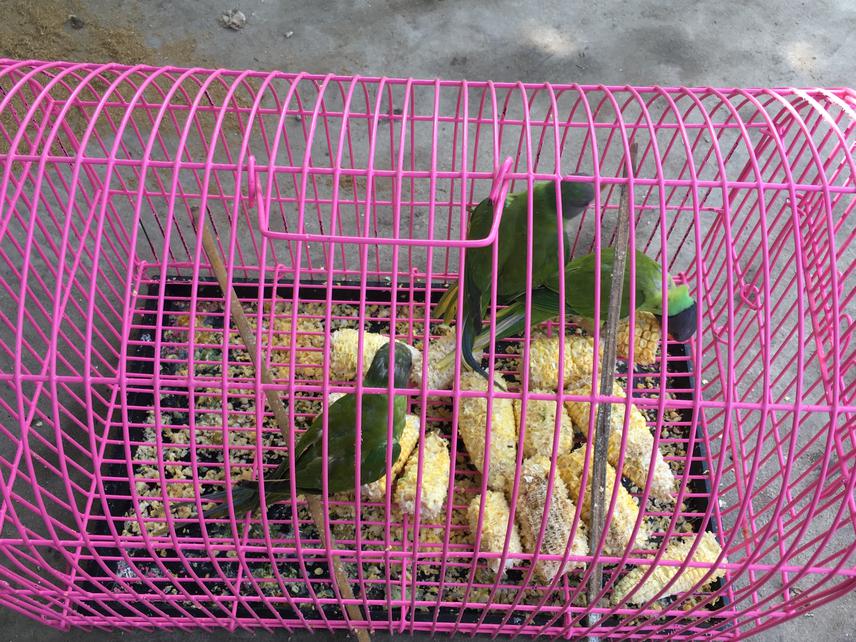Sapai Min
Other projects
24 Oct 2014
Assessment of the Impacts of Wildlife Trade in Relation to Conservation in Mong-La City, East Shan State, Myanmar (China Border City)
30 Mar 2016
Investigation of Wildlife Trade in Myanmar-Thailand Border Cities under Growing Trans-Boundary Economic Trade
Despite our understanding of the markets, we will need to have much better understanding of the driving the illegal wildlife trade in Tanintharyi Region where there is still an information gap on wildlife trade issues. Therefore, our project objectives/aims are:
- To develop a baseline study of wildlife trade and wildlife consumption using local people-based approaches in three districts: Dawei, Myeik and Kawthaung
- To evaluate the status of wildlife trade and wildlife consumption in Tanintharyi Region, southern part of Myanmar
- To help inform government and non-government organization strategies for reforming the currently unregulated wildlife (bushmeat) markets and
- To improve controls of illegal wildlife trafficking

Wildlife used for pet.
Local people-based approaches to investigate and address wildlife trade and consumption in Tanintharyi Region, the southern part of Myanmar will be conducted over one year in three districts (Dawei, Myeik and Kawthaung). The research will base on field study and involve interviews with local people to investigate and address wildlife trade and consumption. This investigation will lead to improve understanding on the illegal trade in Tanintharyi Region. Moreover, these findings will be used to help inform government and non-government organization strategies for reforming the currently unregulated wildlife market and to improve controls of illegal wildlife trafficking.
The study will be undertaken over one year. Sites will be visited, one site per month. Each visit will last a 7-day week, a total of four visits will be undertaken for each district, therefore, a total of 12 research visits. The research will be based on field study and involve interviews with local people to investigate markets, restaurants and souvenir shops in the selected districts. In order to assess wildlife trade and their status, information relating to the identification of species traded, trade routes and sources will be gathered via interviews with shopkeepers, villagers, hunters, small-scale dealers, middlemen and other traders. During the same period, different members of the team will conduct a wildlife consumption survey openly by using a structured questionnaire and face-to-face interviews for at least 100 local people from each district. Four types of consumer behavior will be addressed through the questionnaire:
(1) Using wild animals as food,
(2) Using medicine or tonic products containing wildlife ingredients,
(3) Wearing ornaments and garments made from wildlife,
(4) Keeping wildlife as pets. The questionnaire will also ask a series of open-ended questions to understand attitudes to wildlife.
This will be the first study in Tanintharyi Region on wildlife trade and related to wildlife consumption, we will use this data as a baseline for wildlife trade and consumption that can be compared in future years as well as in other areas in Myanmar where wildlife trade surveys have been already conducted.
The data collected during these surveys will be shared with government agencies, universities and non-governmental organizations for future reference and actions on Myanmar's growing problem with international wildlife trade.